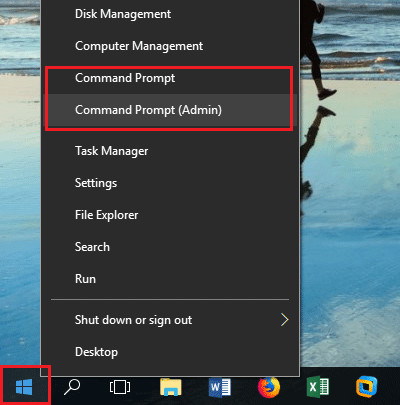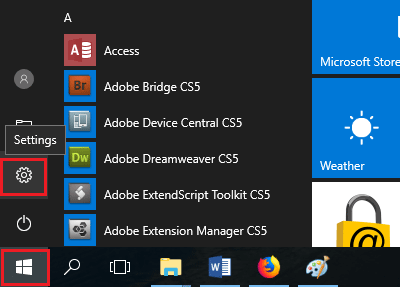

In this post, I'll show all the differences I've seen during the migration. Follow steps 1-7 from above - but change the permissions for “powershell” instead of the CMD.I recently moved many scripts from cmd (.But if you want to get rid of PowerShell, you can do so by following the steps below:

The above method will show CMD on the context menu when your Shift + Right Click in the File Explorer.


From the permissions dialog, hit Advanced.From the sidebar, find “cmd” and right click, then select Permissions.On the address bar in the Registry Editor, paste “Computer\HKEY_CLASSES_ROOT\Directory\Background\shell” and hit enter.Open Registry Editor, simply by searching “regedit” on Cortana/Search or via Run (Win + R).Here’s how to replace PowerShell with CMD: Keep in mind that if you are not familiar with Registry Editor, you probably wouldn’t need to replace PowerShell with CMD - so we don’t recommend applying the following tweaks unless you really know what you’re doing. Thankfully, there’s a slightly tricky way of replacing PowerShell with CMD - initially published by the folks at Inside Windows. Microsoft has replaced it with PowerShell, which is a bit annoying if you are a fan of CMD. In the Creators Update, you can no longer access CMD from File Explorer’s Context Menu (when you Shift + Right Click). Microsoft is basically pushing PowerShell with the upcoming update for Windows 10, as it’s supposedly better than CMD. However, Microsoft is making a pretty major change to the default command line tool in Windows. The company is adding loads of improvements to Bash and the Linux subsystem on Windows 10 with the Creators Update. With the upcoming Creators Update for Windows 10, Microsoft is introducing some really nice features.


 0 kommentar(er)
0 kommentar(er)
